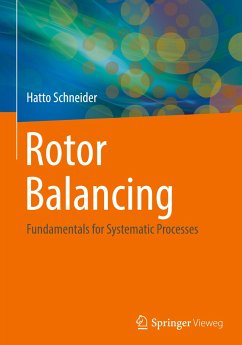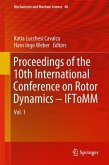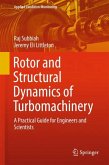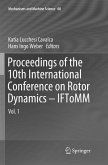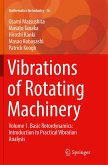Balancing of rotors is an indispensable process for the quality management, involving many stages from design to commissioning. With every further development of rotors - with new concepts, materials and machining methods - the demands on balancing technology change. In the search for the optimum solution to these complex tasks, no patent remedies will help, but only a sound knowledge of the theoretical background of balancing, its practical implementation and the performance of the various balancing systems.
This book is intended to support systematic familiarisation with the subject and ongoing training - in practice as well as in theory.
The focus of current balancing standards is on deviations that occur during balancing - intentionally generated, or accidentally created. They must be properly analysed and taken into account in order to determine the permissible indications for residual unbalance. In addition, the acceptance criteria were specified so that the balancing objective - the targeted balancing quality - can be reliably achieved.
When balancing rotors with shaft-elastic behaviour, work is often still carried out according to outdated patterns. For this reason, the new modal approach was further elaborated - partly on the basis of DIN ISO 21940 Part 12, Supplement 1. For practical application, the difficult choice of compensation planes and the relevant bending eigenmodes is explained by means of examples.
This book is intended to support systematic familiarisation with the subject and ongoing training - in practice as well as in theory.
The focus of current balancing standards is on deviations that occur during balancing - intentionally generated, or accidentally created. They must be properly analysed and taken into account in order to determine the permissible indications for residual unbalance. In addition, the acceptance criteria were specified so that the balancing objective - the targeted balancing quality - can be reliably achieved.
When balancing rotors with shaft-elastic behaviour, work is often still carried out according to outdated patterns. For this reason, the new modal approach was further elaborated - partly on the basis of DIN ISO 21940 Part 12, Supplement 1. For practical application, the difficult choice of compensation planes and the relevant bending eigenmodes is explained by means of examples.

